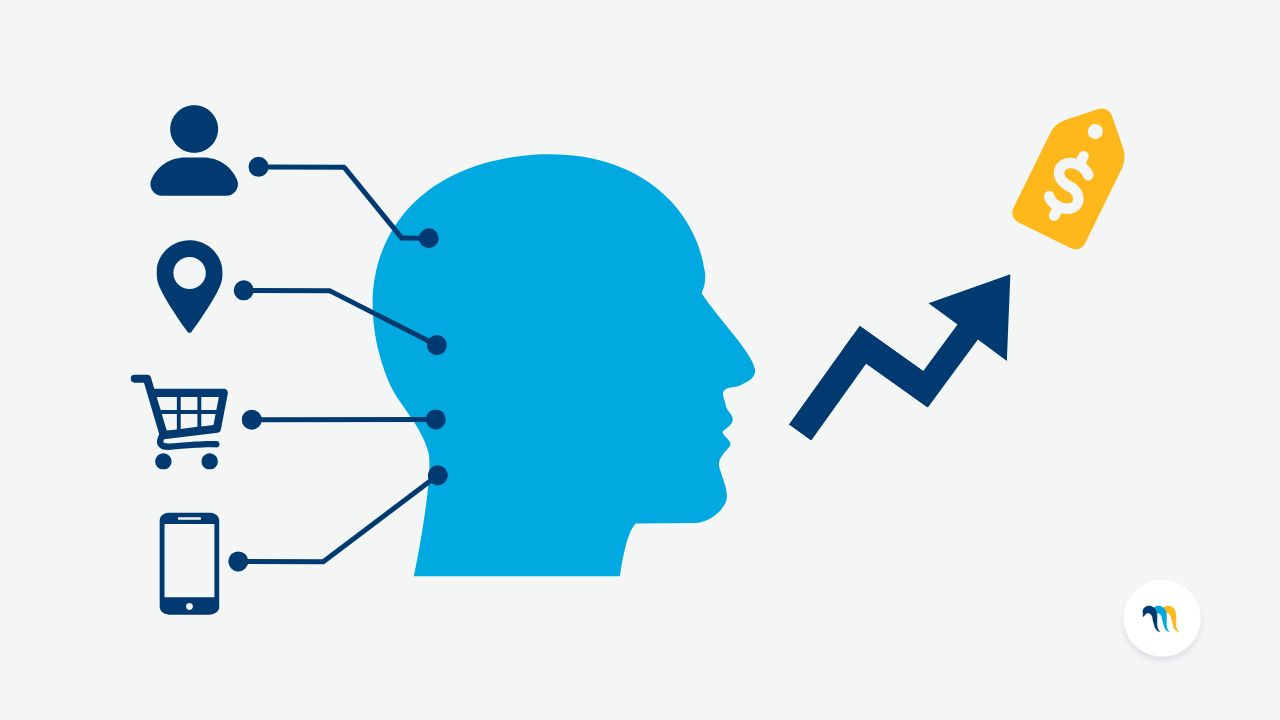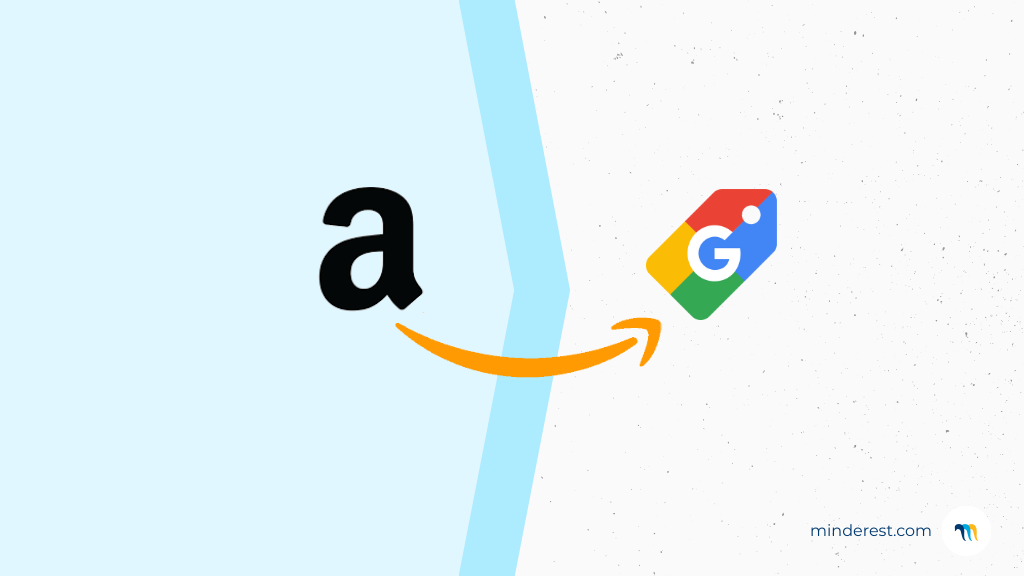

Knowing the different profiles of the people who intervene in the buying process is key to increasing and optimising sales for an e-commerce business. The buying process is the journey the user makes from the moment they identify a need until they make a payment for a product or service. Given that various agents intervene in the process, who could change the final buying decision, it is vital to find out about them, and to be aware of the effect that they could have. You can then create marketing campaigns, like pricing strategies, appropriate to the needs of each. From Minderest, we explain the 5 profiles which play part in the buying process.
- The target market
- The decision-maker
- The specifier
- The influencer
- The consumer
1. - The target market
The first, and largest group, comprises the target market. Your products and services are aimed at these users. You need to know their characteristics to identify the optimal channels to reach them and promote sales. For example, the most effective ways for a young target market would be social media like Instagram or Tik Tok. In addition, from your target market you can define your buyer persona, a fictional representation of an ideal client based on their demographic traits, behaviours and motivations.
2. - The decision-maker
As their name suggests, this is the person who decides to buy a product or service. They could be the same person who needs it, or a third person, as in the case of parents who buy for their children. Generally, the decision-maker is within the target market.
Before making a decision, they have carried out research
Although it can vary from one user to another, currently, most consumers have researched the features and quality of the item that they are going to buy, to reach the position of decision-maker. Particularly when it comes to high-priced goods. The users' personality, consumer type, and external factors, such as income level or previous experiences, determine the duration and depth of research. In turn, this information may come from retailers, sales representatives or the e-commerce site itself, from friends, online reviews and social media. This is where the roles of the specifier and the influencer come into play.
3. - The specifier
This is the person who recommends a product or service. In online business, this figure tends to be represented by users who write reviews in the online stores themselves or on Google. The customer service department also plays a role in resolving queries and recommending products. Yet another reason to ensure that customers have the best possible buying experience.

4. - The influencer
In addition to the specifier profile, the influencer can condition the buying decision positively or negatively. This is true in the case of celebrities or Instagrammers whose followers trust their opinion about brands and e-commerce sites. Their ability to influence the buying process will depend both on their credibility and authority, and on each potential client’s previous knowledge of the article they will buy, or the vendor company. Influencer marketing is projected to reach $21.1 billion.
Therefore, it is also interesting to know the target markets which are most susceptible to online influencers’ opinions. You can then set up social media marketing campaigns to boost their trust in the brand.
5. - The buyer
Finally, we come to the buyer, the person who makes the purchase and pays the price of the product or service in question. The buyer may or may not be the decision-maker. It is possible that, although one person makes the decision, another person carries out the transaction. For example, a young person makes an online purchase for an older person with fewer IT skills. It is necessary to provide the buyer with the correct information to trust the brand during the checkout process. In so doing, you might be gaining or building loyalty from a new client. In addition to this, the decision maker can choose factors that might affect the e-commerce business. For example, when they make the purchase, what payment method they use, the delivery method they select, etc.
With optimal segmentation, you will know each profile and offer them the most appropriate calls to action to speed up the buying process. In addition to all the factors above which can affect the buying process, you should add price. If you do not choose the price strategically, it could be decisive. Based on customer segmentation, you can offer different groups prices appropriate to their needs or personalised offers to speed up the process.
Find out how Minderest can take your business to the next level.
Contact our pricing experts to see the platform in action.
Related Articles

AI Agents and Holiday Season: How to Adapt Your Pricing Strategy
Holiday season planning used to revolve around creative campaigns, emotional storytelling, and optimizing the user experience. However, a silent revolution is changing the rules of the game. The rise...
How Surveillance Pricing Works and Its Applications for Your Business
The term "Surveillance Pricing" might conjure images of corporate espionage and price manipulation. However, this initial perception hides one of the most sophisticated and powerful strategies in...